IFMIF-DONES at the European Researchers’ Night in Granada

The IFMIF-DONES particle accelerator has been present this year at the European Researchers’ Night celebrated in Granada. With a space at the University of Granada’s (UGR) stand, dissemination activities were organised oriented to students and the general public interested in this large scientific infrastructure that Granada aspires to build.
In the morning session, scientists involved in the project gave a talk to around 20 secondary school students about the technological challenges of operating a unique large scientific infrastructure like IFMIF-DONES.
Martín Rouret, Pedro Moreo and Andrea Benito, from the Virtual Reality Laboratory for Remote Handling, and Abel Cano and Marta Ternero, from the Laboratory for the development of control systems for LIPAc/DONES presented the virtual reality technologies in use to design, validate and visualise the maintenance activities of IFMIF-DONES.
The students learned about software and hardware control aspects as well as user interfaces that allow to operate complex large scientific infrastructures efficiently and safely. The scientists described the type of devices used, the development of safety and protection mechanisms of the infrastructures, as well as the operation items, remote robotised handling systems, and the use of digital twins or application of artificial intelligence.
A small gathering was organised for the afternoon session with the aim to promote the particle accelerator project. ‘IFMIF-DONES: the necessary link to fusion energy’, was presented by José Aguilar, from the IFMIF-DONES Technical Office, with a new video about the project explaining in detail the roadmap towards fusion energy. The significant role of IFMIF-DONES was highlighted, describing the benefits of the project and its socioeconomic impact in Granada. The talk was attended by the Rector of the University of Granada, Pilar Aranda, the Delegate for Employment, Training, Self-employment, Economic Transformation, Industry, Knowledge and Universities in Granada, Virginia Fernández, and Granada’s City Councillor for Science, Innovation and Smart City from the, Francisco Herrera.
The space reserved for IFMIF-DONES at stand number 6 of the University of Granada also displayed three informative posters about the buildings, systems and equipment of the facility, the calendar towards fusion, the projects JET, ITER, IFMIF-DONES and DEMO, the role of IFMIF-DONES as the necessary link in the roadmap and the present and future opportunities of the infrastructure.
The IFMIF-DONES Technical Office addressed the public, responding to their questions and explaining the implications of the construction of this unique scientific infrastructure that will place the province at the forefront of scientific research related to nuclear fusion.

